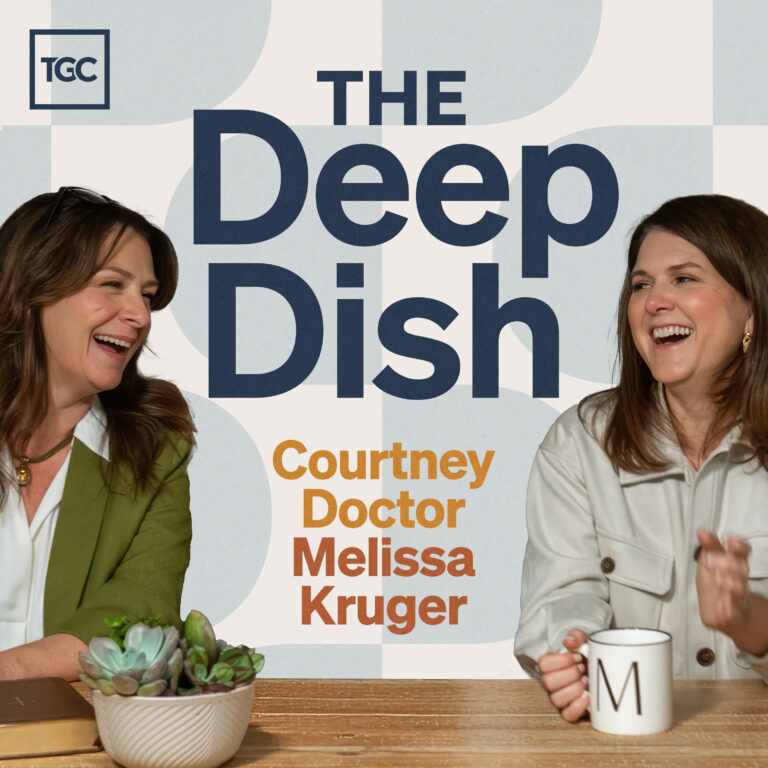Last week, election night was a roaring success for the GOP as the party grabbed the presidency and a majority in the Senate. When the rest of the votes are in, they’ll probably keep control of the House as well.
It was harder to tell how the pro-life movement did. Three states that voted for Kamala Harris also voted to amend their constitutions to protect abortion, as you might expect. Two states that voted for Donald Trump rejected measures to expand abortion. One state that voted for Trump—Nebraska—voted to keep the current 12-week ban and not to legalize through viability.
And four states that voted for Trump—Arizona, Missouri, Montana, and Nevada—also chose to expand or maintain access to abortion, though Nevada needs another vote in 2026 before it takes effect. Missouri had the smallest passing margin of the night—51.6 percent to 48.4 percent—and was the toughest pro-life loss, erasing all restrictions the state had put in place during the Roe years.
Those disappointing losses suggest a further decoupling of pro-life issues from Republican values. This summer, the GOP rewrote its platform. For the first time in 40 years, it didn’t affirm that “the unborn child has a fundamental right to life which cannot be infringed.” Instead, Republicans wrote that “states are, therefore, free to pass laws protecting those Rights.”
“That’s the platform that just won,” said Care Net CEO Roland Warren. “Here’s the problem: it’s going to be incredibly difficult to get Republicans to go back to the old position.”
Other pro-life organizations, including Susan B. Anthony Pro-Life America, Students for Life, and Americans United for Life (AUL), endorsed the platform. In a statement, AUL said it “worked closely with the [Republican National Committee] on developing platform language that preserves reference to the Fourteenth Amendment while updating the language to our post-Roe world.”
Overall, pro-life leaders seem cautiously optimistic about the election results. The state victories were the first legislative wins since Dobbs overturned Roe in 2022.
Not only that, but Harris’s loss “is a clear rejection of the extreme abortion agenda that she made the centerpiece of her campaign,” stated March for Life president Jeanne Mancini.
Running on Abortion
Before the Dobbs decision overturned the national right to an abortion, the Democrat and Republican parties each spent between 2 and 3 percent of their ad campaigns on addressing abortion.
After Dobbs, the Republican spending allocation didn’t change much. But the Democrat spending on abortion ads skyrocketed—in both 2022 and the first half of 2024, they spent between 28 and 38 percent of their national budget on abortion ads. In some states (Michigan and Arizona) more than half of Democratic ads were about abortion. In Georgia, it was more than 90 percent.
“Kamala Harris made abortion her No. 1 issue, the focus of the [Democratic National Committe], to the point where they were doing abortions in buses outside the DNC convention—and she lost,” said 40 Days for Life CEO Shawn Carney. In fact, Harris won a smaller margin of female votes than Joe Biden in 2020 or Hillary Clinton in 2016.
“That should give confidence to people worried about abortion—you can be pro-life and win,” Carney said. “Look at [pro-life Florida governor] DeSantis. He won big in 2022, five months after Dobbs. He owned and defended the Heartbeat Bill [which prohibits abortions in Florida after a heartbeat is detected], and he just won big with Amendment 4 [where voters rejected a pro-abortion constitutional amendment].”
DeSantis campaigned energetically against Amendment 4 and was firm in his stance even when Trump, a Florida resident, wavered in his support for it and wouldn’t say how he voted on it.
With a clear message and strong leadership, DeSantis is proving it’s possible to be a pro-life politician after Dobbs, Carney said.
He certainly is—in Florida, pro-life advocates spent $12 million to oppose the amendment. Pro-abortion advocates spent $118 million.
But DeSantis is an outlier. This year, most Republicans didn’t work as hard on their abortion messaging as the Democrats did.
Money and Messaging
In nearly every other state, the side that spent the most money to support or oppose a ballot initiative won.
In South Dakota, pro-life supporters outspent pro-abortion supporters, and their side won. In New York, Nevada, Montana, Missouri, Maryland, Colorado, and Arizona, pro-abortion proponents spent, on average, more than 23 times the amount of pro-life advocates. In each case, the pro-abortion vote won.
A lot of the ads were untrue, said Erik Baptist, director of the Center for Life with Alliance Defending Freedom. “Every state allows doctors to treat women experiencing life-threatening pregnancy complications, including miscarriages and ectopic pregnancies. Any statement to the contrary is flatly false. . . . The pro-life movement must respond to these lies and educate the public on how pro-life laws protect both women’s health and unborn life.”
“It’s a messaging problem,” Carney said.
It’s a little more than that. After Roe, pro-life Republicans have struggled to find the next clear goal to unite around. The backlash to Dobbs makes things even more slippery. Some, including Missouri senator Josh Hawley and former Nevada senator Sam Brown, affirmed their personal pro-life convictions but said they’d vote against a national abortion ban.
The American people also seem to be unclear on their position. Nearly a third of adults say they believe embryos are people with rights and that the decision to abort belongs solely to the pregnant woman.
Carney sees an opportunity here. As the message of the left becomes more extreme, such as opposing all restrictions and including gender transition in its fight for “bodily autonomy,” it creates more room for a reasonable pro-life voice.
“Over the last 20 years, the pro-life side has become the pro-science side, the common-sense side, the compassionate side,” Carney said.
At least some people are willing to hear it. The pro-life victories in Florida, South Dakota, and Nebraska were important. In 2022 and 2023—the two elections after Dobbs—the pro-abortion vote had dominated all seven state ballot initiatives.
“This election stopped the bleeding,” Carney said. “We finally had some victories. And the further we get from Dobbs, the easier this will get, because people are realizing the world didn’t end when Roe was overturned. Every day that passes, not having a universal right to abortion becomes more normal.”
A Republican president won’t hurt either.
Trump
Trump isn’t exactly a pro-life president. But he’s not exactly pro-abortion either.
On the campaign trail, he and JD Vance have said Trump would veto a national abortion ban, that he wouldn’t, and then that he would. Their stance on defunding Planned Parenthood has been confusing. And Trump has indicated he’s open to curbing access to the abortion pills—or not.
But pro-life leaders point out that he was the president who set up the overturn of Roe. And his administration won’t harass the pro-life movement.
“We had a big problem with the Department of Justice under Biden,” Carney said.
In July, a federal court sentenced a 33-year-old mom to three and a half years in prison for protesting outside a New York abortion clinic. In September 2022, two dozen FBI agents arrested Mark Houck, the president of a Catholic ministry and a 40 Days volunteer, and charged him with two felonies for pushing a foul-mouthed abortion escort away from Houck’s young son. In March 2021, the Justice Department charged six pro-life protesters who were singing and praying in a hallway leading to an abortion clinic; one was sentenced to 16 months in prison.
Meanwhile, when more than 100 churches and crisis pregnancy centers across the country were vandalized after the Dobbs decision, few arrests were made. The discrepancy was so clear that multiple members of Congress repeatedly asked US attorney general Merrick Garland for an explanation.
At the same time, the Biden administration tried to block pregnancy centers from receiving federal funds by deeming them ineligible recipients of the Temporary Assistance for Needy Families program.
“Clearly, this administration will be dramatically better from that perspective,” Warren said.
Gospel Issue
Whether disappointed or optimistic after the election, pro-life leaders aren’t planning to stop or even slow their work.
“CareNet and Heartbeat and 40 Days for Life are more needed than ever,” Carney said. “The demand for 40 Days has skyrocketed since the overturning of Roe.”
Without a federal law, the movement is “market driven,” he said. “It’s about hearts and minds. We need to have focus and clarity and put our foot on the gas.”
“The Most Practical and Engaging Book on Christian Living Apart from the Bible”
 “If you’re going to read just one book on Christian living and how the gospel can be applied in your life, let this be your book.”—Elisa dos Santos, Amazon reviewer.
“If you’re going to read just one book on Christian living and how the gospel can be applied in your life, let this be your book.”—Elisa dos Santos, Amazon reviewer.
In this book, seasoned church planter Jeff Vanderstelt argues that you need to become “gospel fluent”—to think about your life through the truth of the gospel and rehearse it to yourself and others.
We’re delighted to offer the Gospel Fluency: Speaking the Truths of Jesus into the Everyday Stuff of Life ebook (Crossway) to you for FREE today. Click this link to get instant access to a resource that will help you apply the gospel more confidently to every area of your life.


































